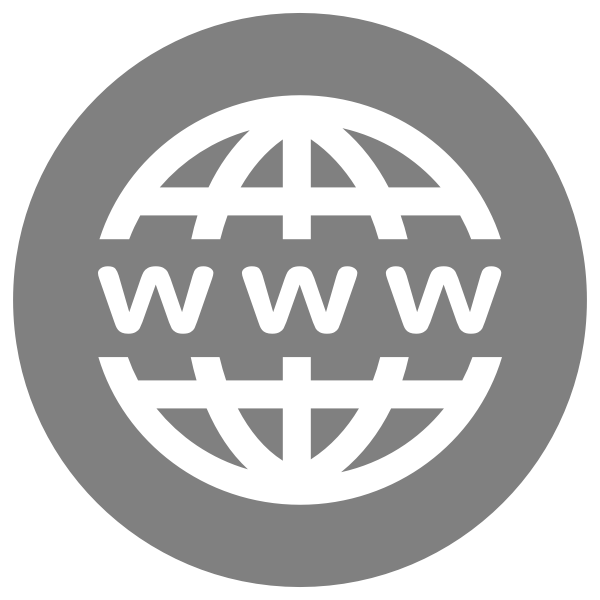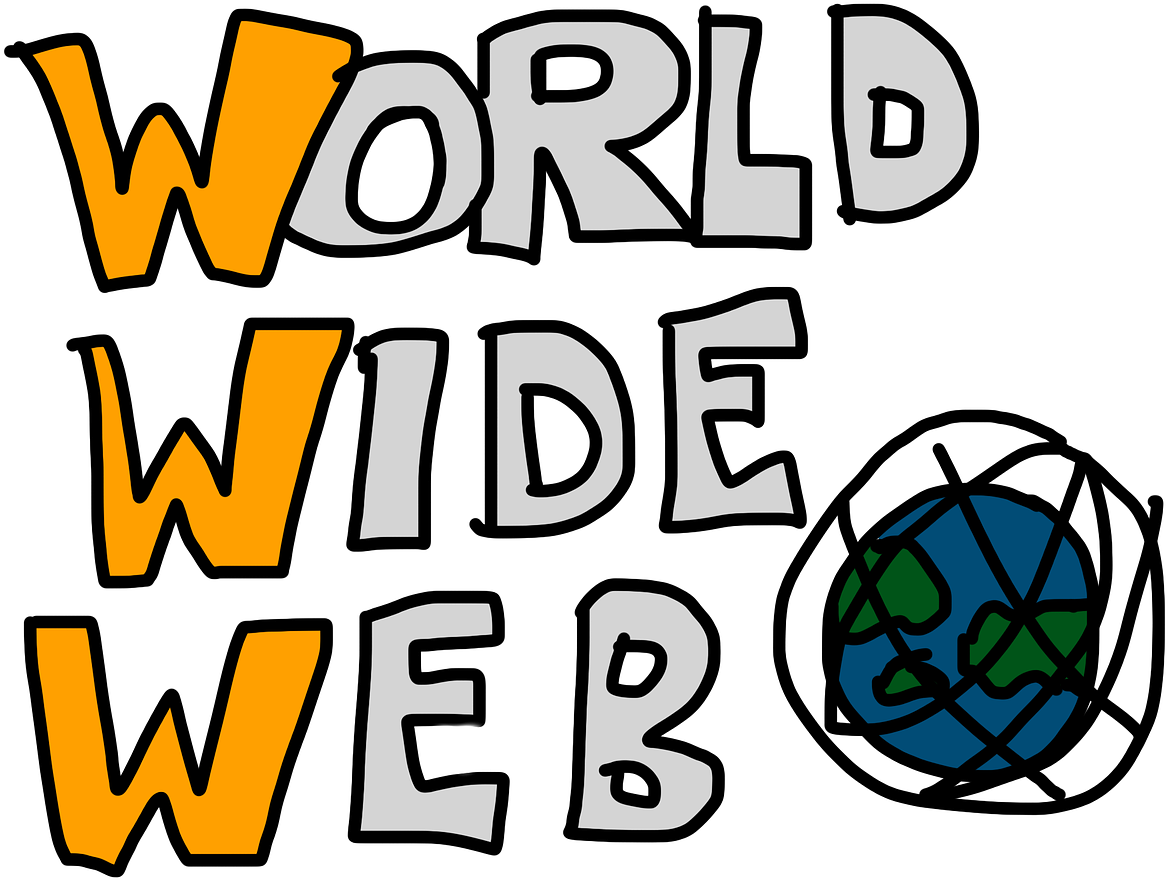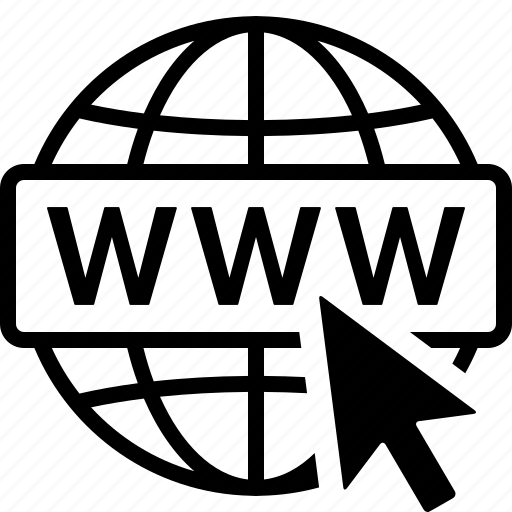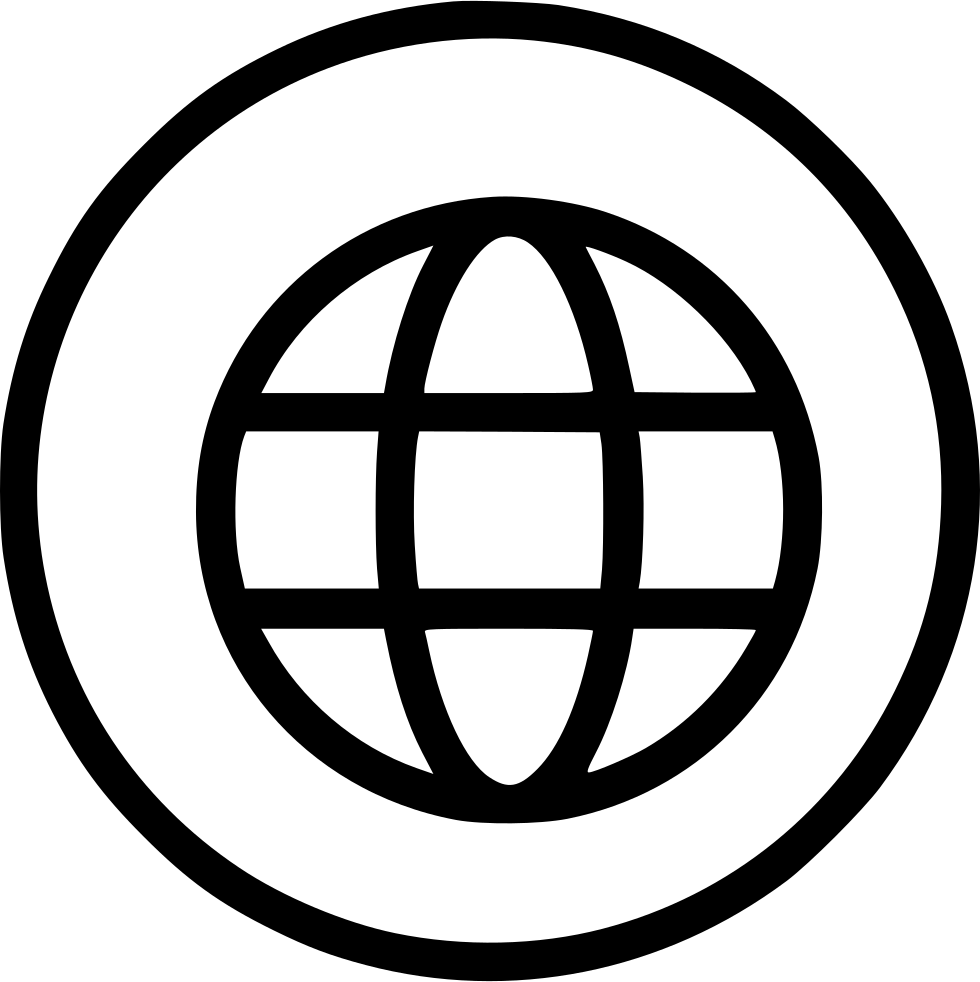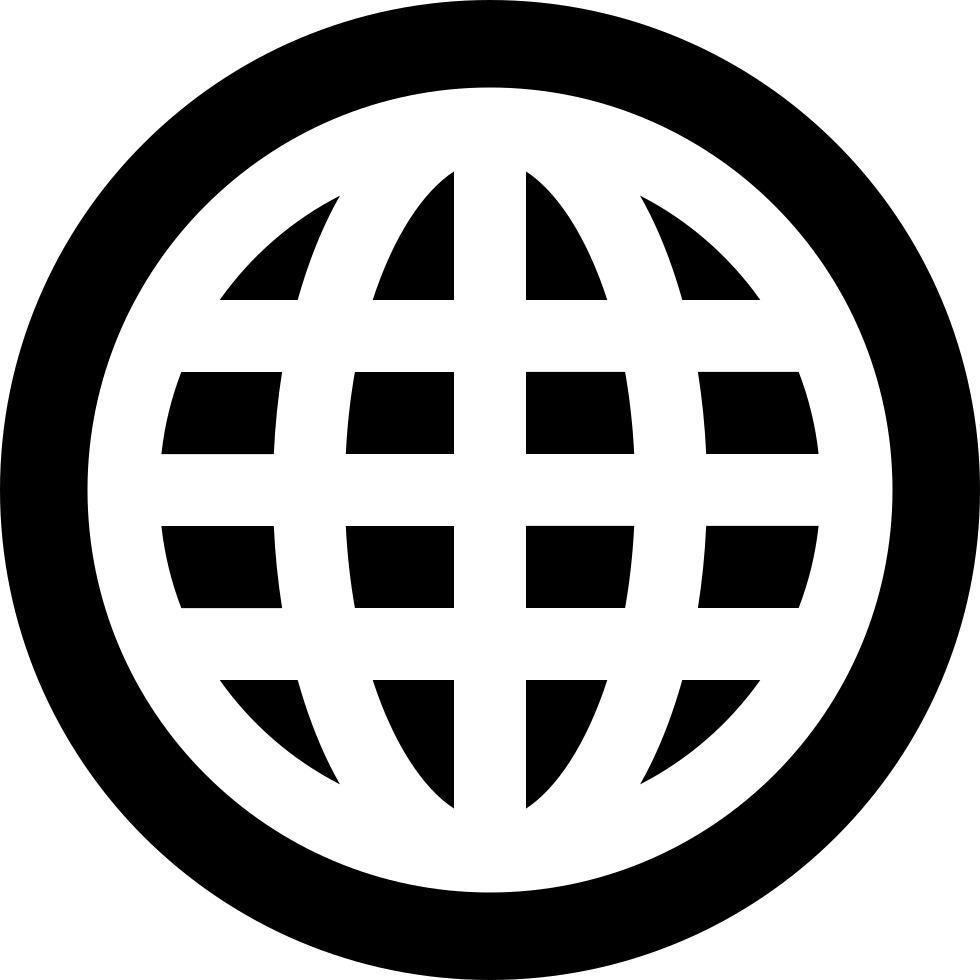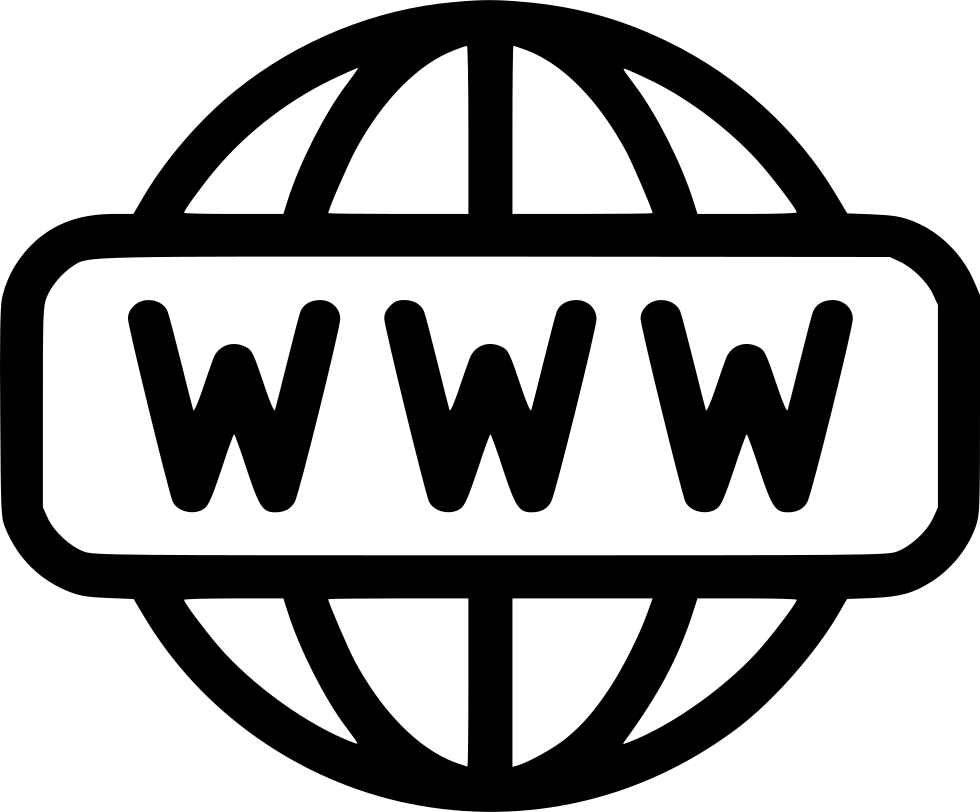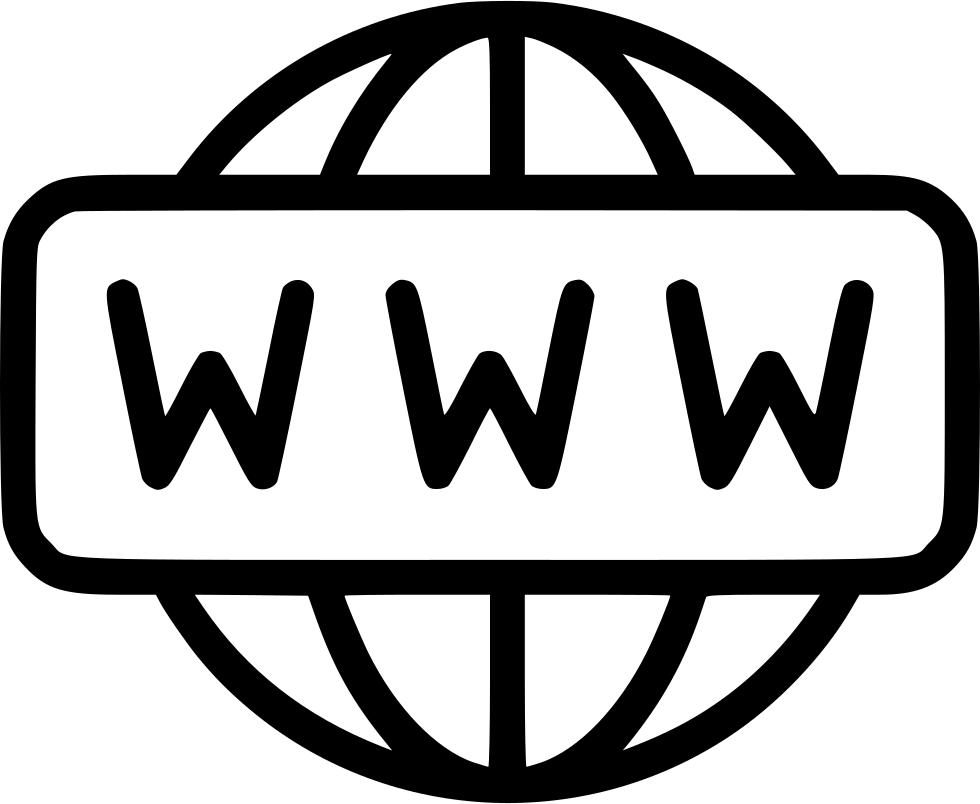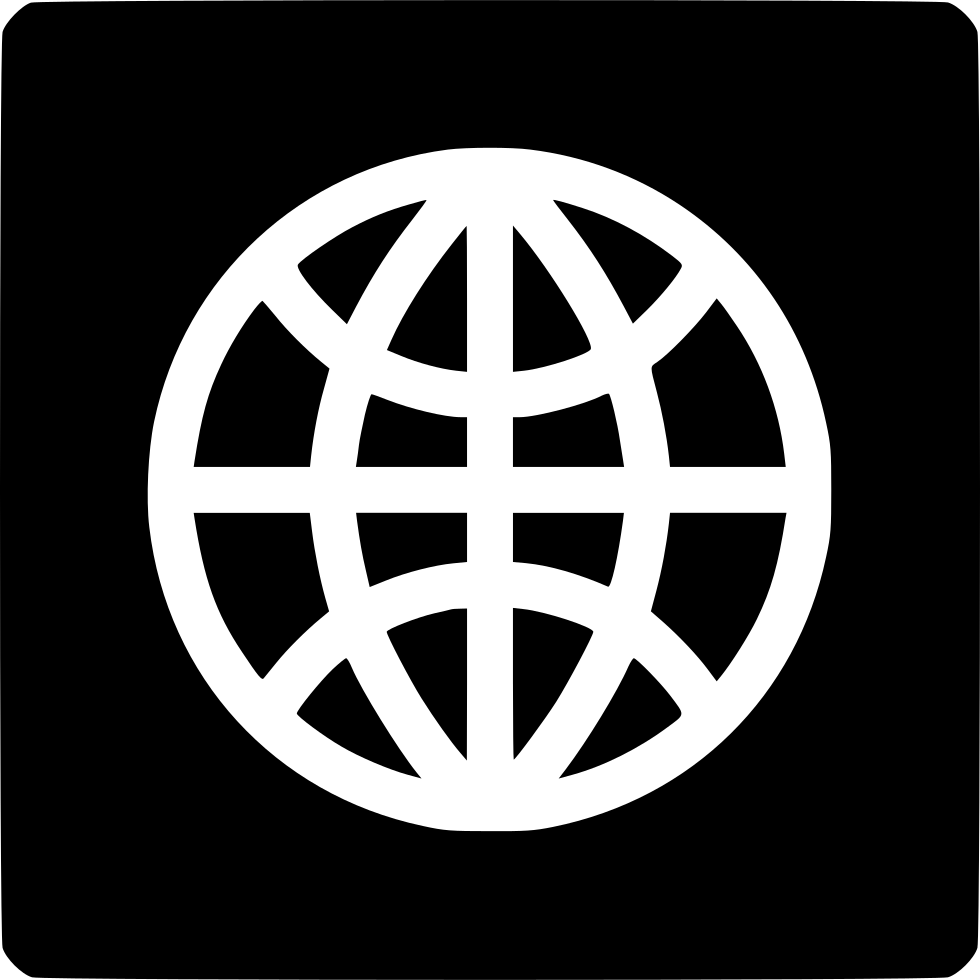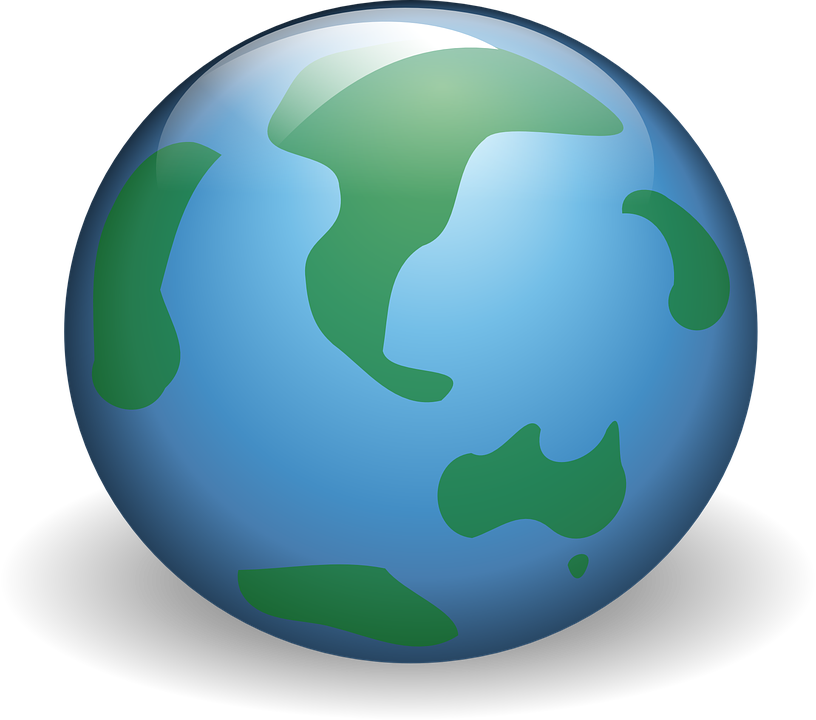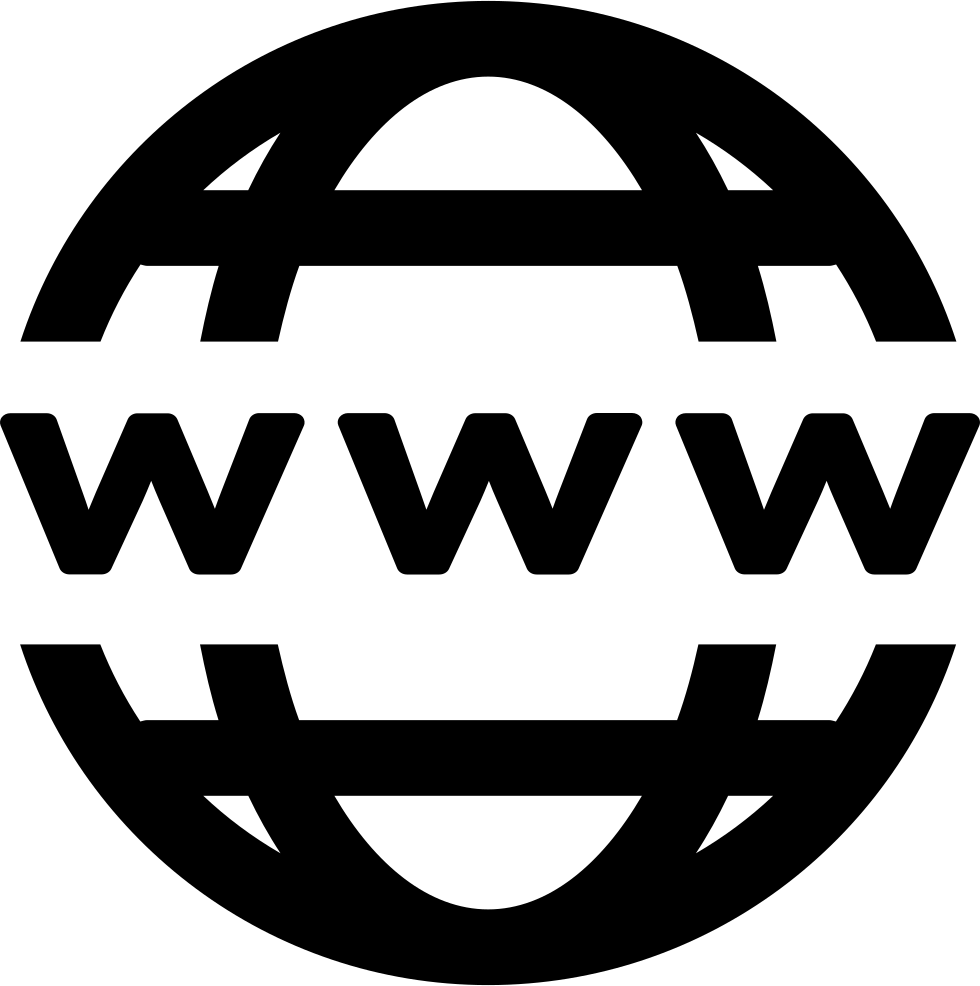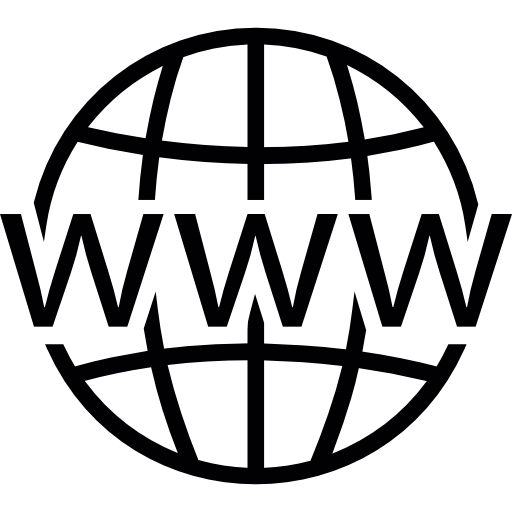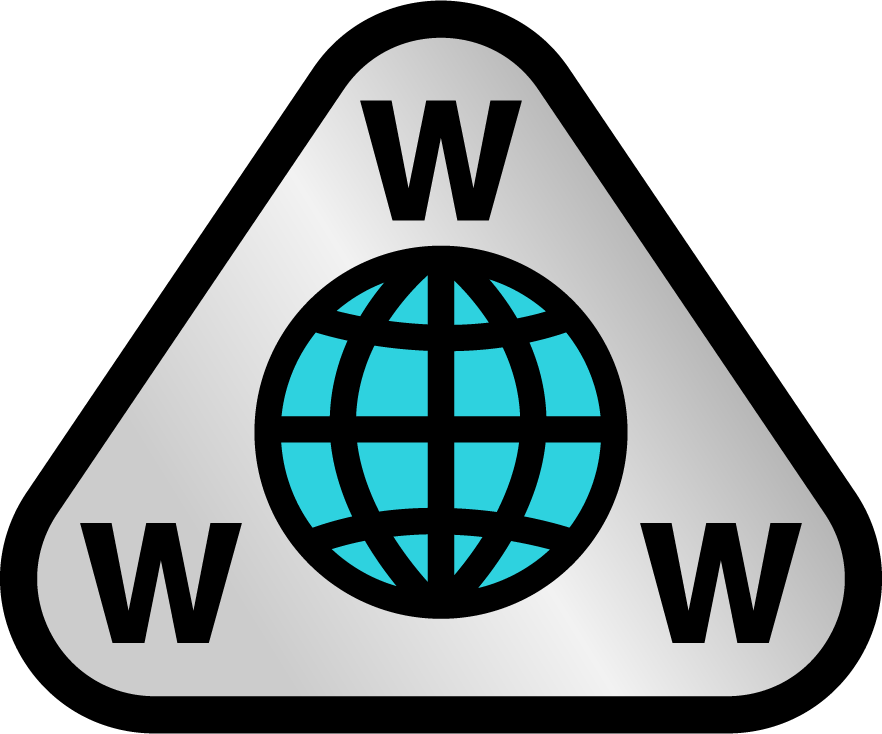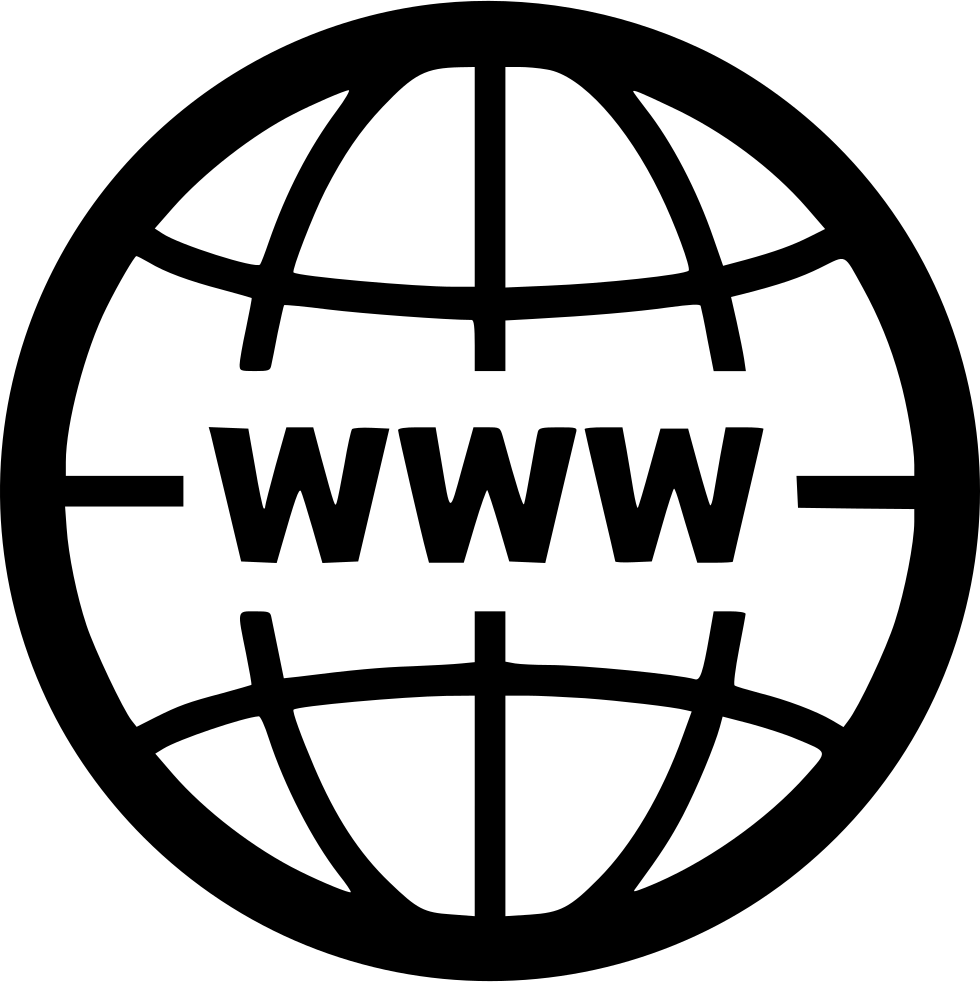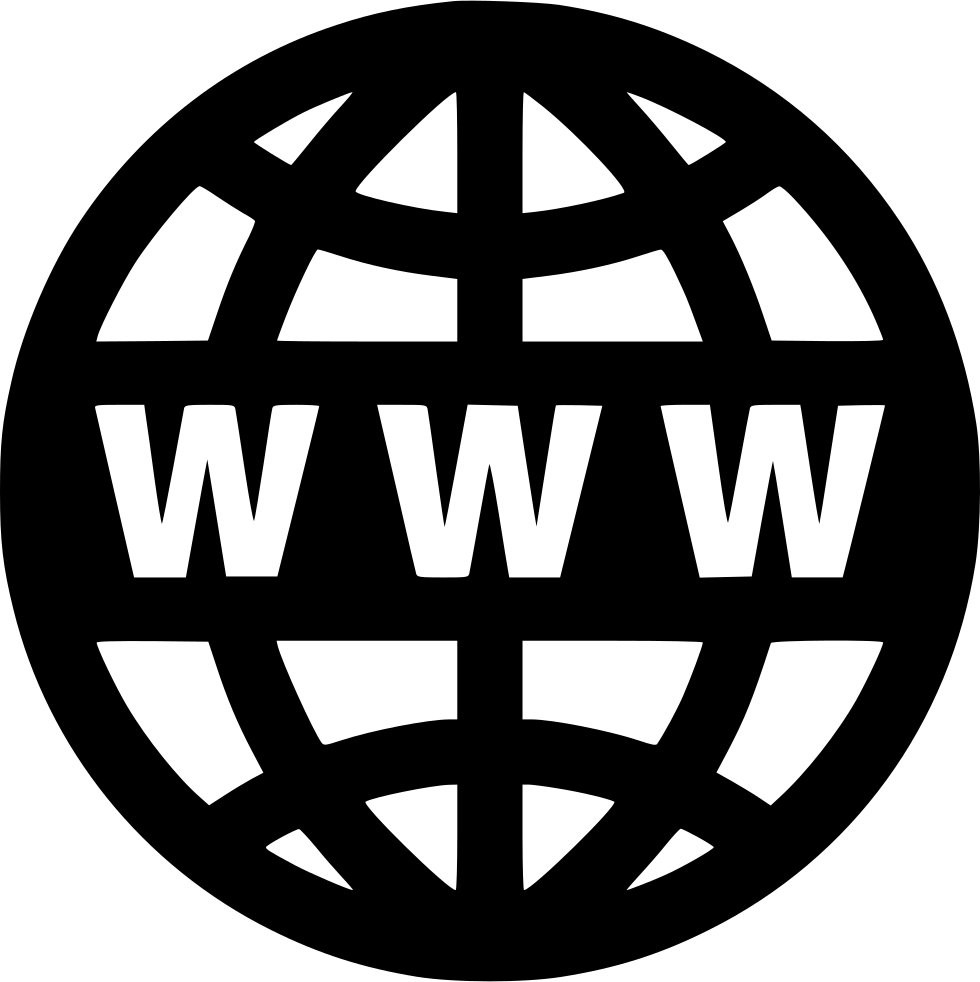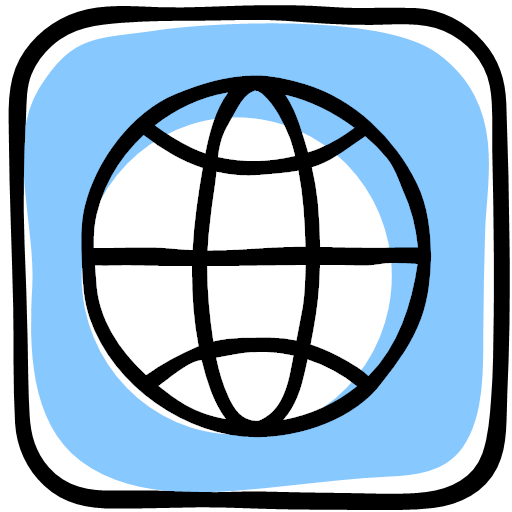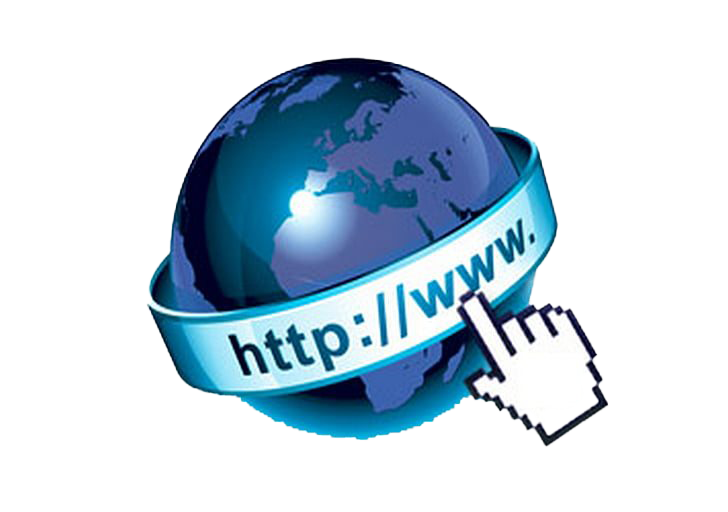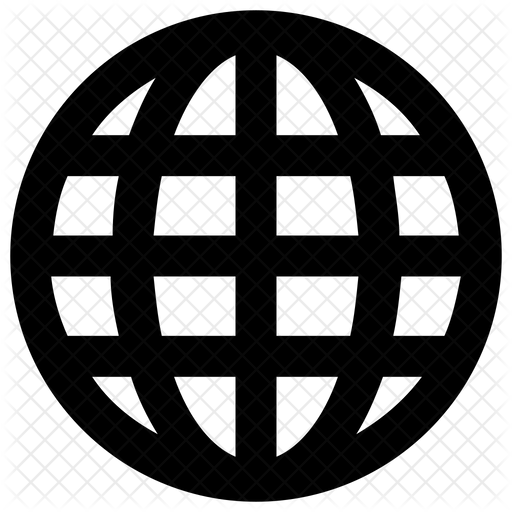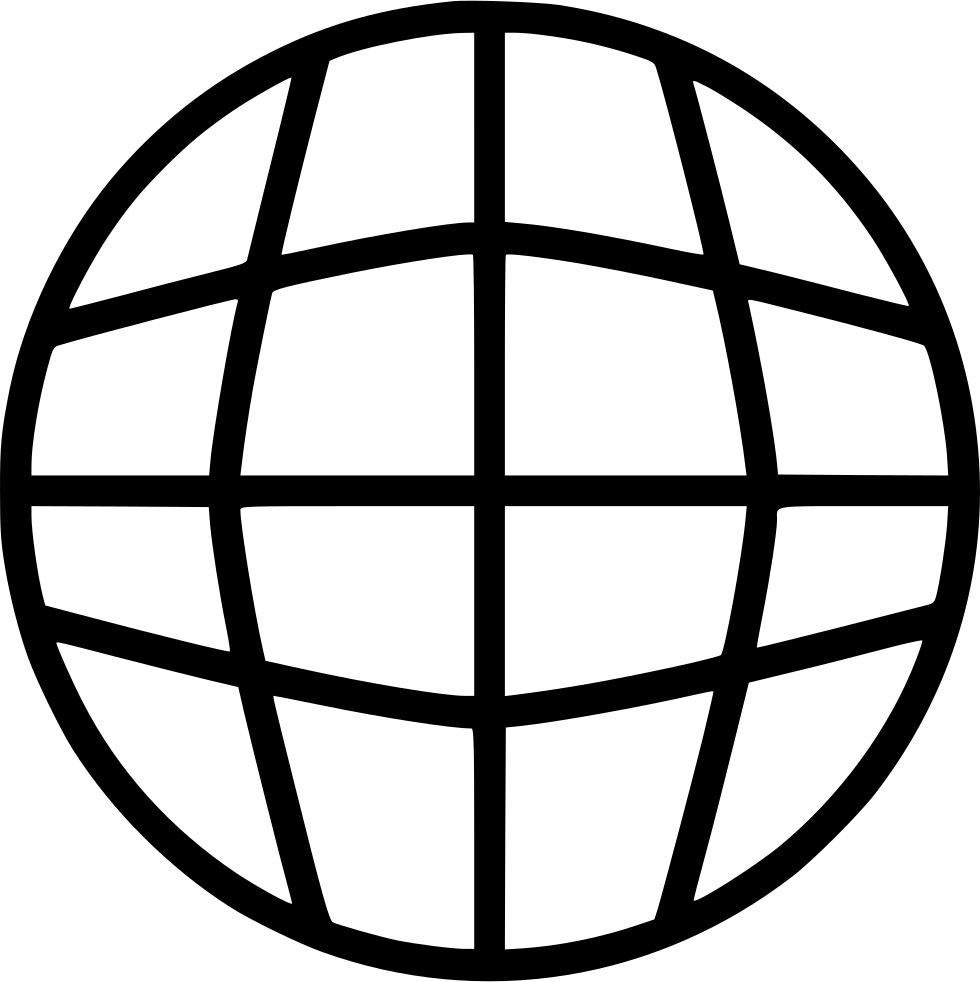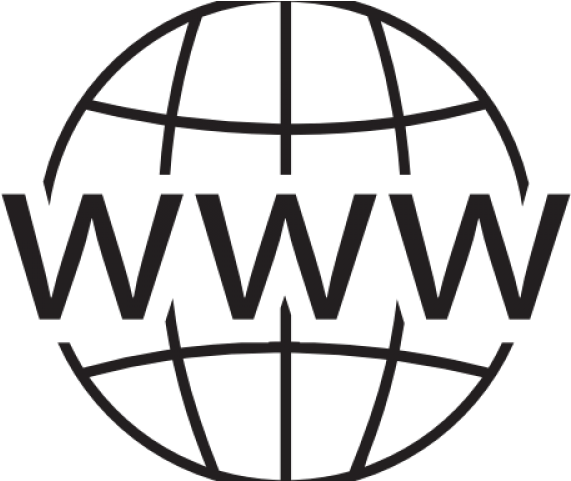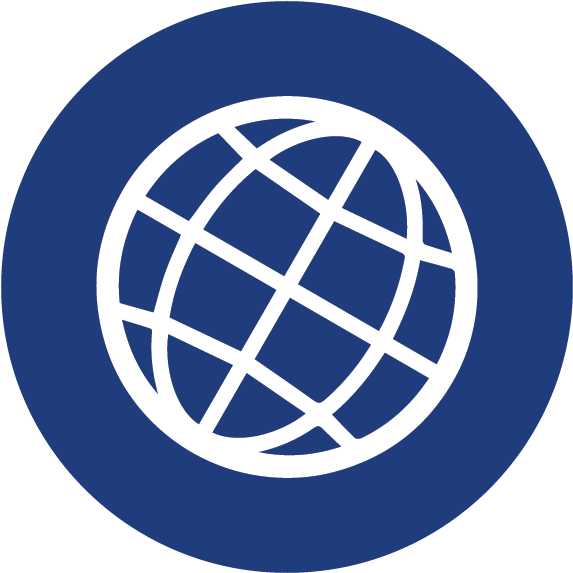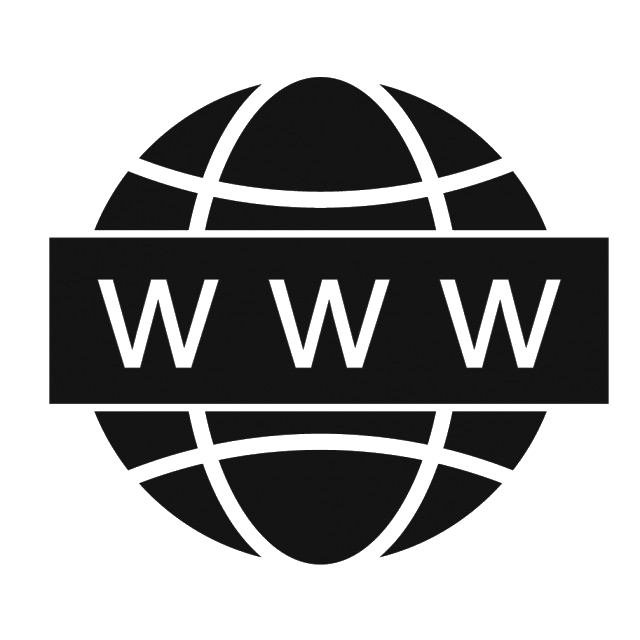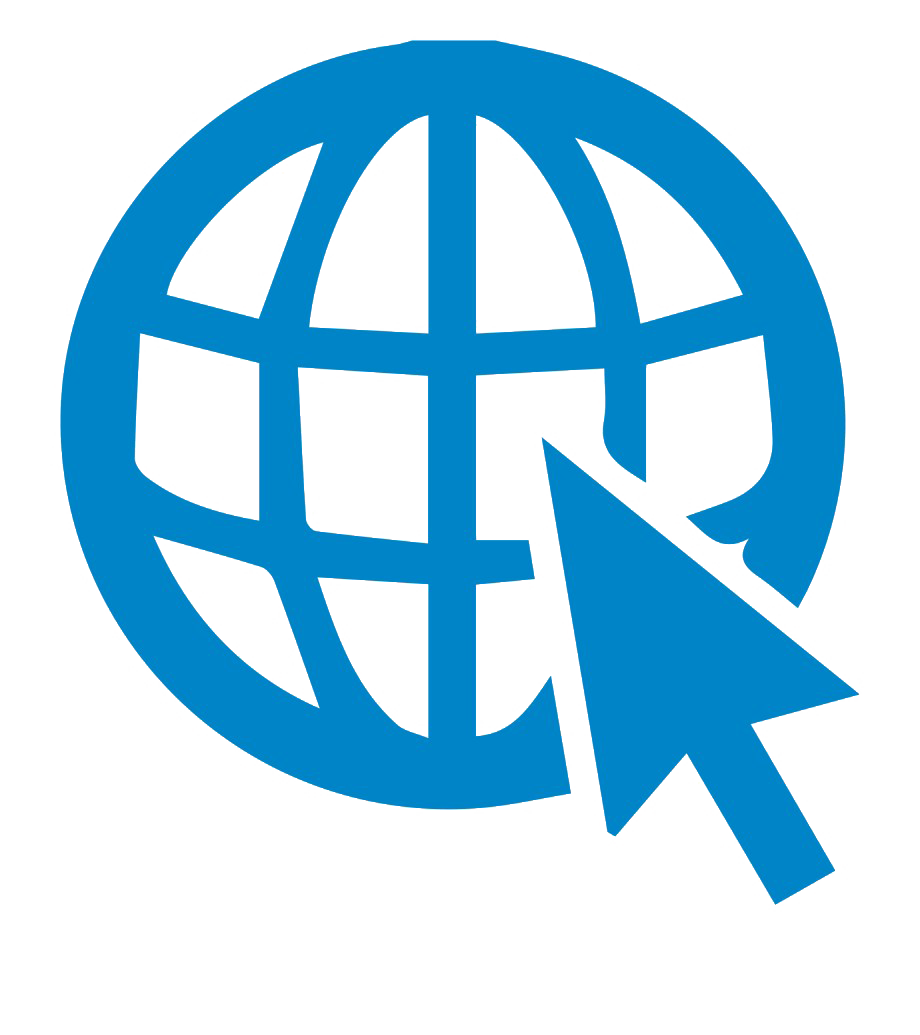Download top and best high-quality free World Wide Web PNG Transparent Images backgrounds available in various sizes. To view the full PNG size resolution click on any of the below image thumbnail.
License Info: Creative Commons 4.0 BY-NC
The World Wide Web (WWW), often known as the Web, is an information system in which documents and other web resources are identified by Uniform Resource Locators (URLs, such as https://example.com/), which may be connected via hyperlinks, and are accessible over the Internet. The Hypertext Transport Protocol (HTTP) transfers Web resources, which users may access through a software program called a web browser and published by a software application called a web server. The World Wide Web is not the same as the Internet, which predates the Web in some form by more than two decades and is based on the same technology as the Web.
Tim Berners-Lee, an English physicist, created the World Wide Web in 1989. In 1990, while working at CERN in Geneva, Switzerland, he created the first web browser. In January 1991, the browser was made available to other research institutes outside of CERN, and in August 1991, it was made available to the general public. When websites for general use were available in 1993″4, the Web began to enter everyday use. The World Wide Web is the principal tool that billions of people use to interact on the Internet, and it has played a key role in the development of the Information Age.
Web resources can be any sort of downloadable material, but web pages are Hypertext Markup Language-formatted hypertext documents (HTML). Users can navigate to other online sites using special HTML syntax that shows embedded hyperlinks with URLs. In addition to text, web pages may include references to pictures, video, audio, and software components displayed or processed internally in the user’s web browser to produce pages or streams of multimedia material.
A website is made up of several web resources having a common subject and, in most cases, a single domain name. Websites are kept on computers that run a web server, a program that answers requests sent over the Internet by web browsers on the user’s computer. A publisher can offer website material, or user-generated content can be used interactively. Websites are available for a variety of purposes, including information, entertainment, commerce, and government.
The fundamental notion of hypertext was first developed in the 1960s with programs like Brown University’s Hypertext Editing System (HES), Ted Nelson’s Project Xanadu, and Douglas Engelbart’s oN-Line System (NLS). Vannevar Bush’s microfilm-based memex, detailed in the 1945 essay “As We May Think,” influenced both Nelson and Engelbart. By the second part of the 1980s, Tim Berners-vision Lee’s global hyperlinked information system had become a reality. The worldwide Internet began to spread throughout Europe in 1985, and the Domain Name System (on which the Uniform Resource Locator is based) was created. Berners-Lee began openly discussing the potential of a web-like system at CERN in 1988, when the first direct IP link between Europe and North America was established.
Berners-Lee got irritated with the inefficiencies and difficulty of locating information stored on multiple systems while working at CERN. On March 12, 1989, he submitted a memorandum to CERN management titled “Information Management: A Proposal” for a system called “Mesh” that referenced ENQUIRE, a database and software project he had built in 1980, which used the term “web” and described a more elaborate information management system based on links embedded as text: “Imagine, then, the references in this document all being based on links embedded as text: “Imagine, then, the
He indicated that such a system might be referred to by one of the current definitions of hypertext, which he claims was invented in the 1950s. There’s no reason why such hypertext connections couldn’t also include multimedia materials like images, voice, and video, according to the idea, which is why Berners-Lee coined the word hypermedia.
Download World Wide Web PNG images transparent gallery.
- World Wide Web PNG Background
Resolution: 600 × 600
Size: 24 KB
Image Format: .png
Download
- World Wide Web PNG Pic
Resolution: 1920 × 2086
Size: 449 KB
Image Format: .png
Download
- World Wide Web PNG File
Resolution: 1168 × 880
Size: 209 KB
Image Format: .png
Download
- World Wide Web Address
Resolution: 512 × 512
Size: 32 KB
Image Format: .png
Download
- World Wide Web Address PNG
Resolution: 1078 × 1078
Size: 43 KB
Image Format: .png
Download
- World Wide Web Address PNG Pic
Resolution: 1184 × 1184
Size: 81 KB
Image Format: .png
Download
- World Wide Web Address PNG File
Resolution: 1300 × 1082
Size: 974 KB
Image Format: .png
Download
- World Wide Web WWW Internet
Resolution: 980 × 982
Size: 81 KB
Image Format: .png
Download
- World Wide Web WWW Internet PNG
Resolution: 980 × 980
Size: 66 KB
Image Format: .png
Download
- World Wide Web WWW Internet PNG Pic
Resolution: 980 × 812
Size: 70 KB
Image Format: .png
Download
- World Wide Web WWW Internet PNG File
Resolution: 980 × 804
Size: 70 KB
Image Format: .png
Download
- World Wide Web Address PNG Image
Resolution: 980 × 980
Size: 37 KB
Image Format: .png
Download
- World Wide Web PNG Photo
Resolution: 600 × 594
Size: 62 KB
Image Format: .png
Download
- World Wide Web PNG Cutout
Resolution: 816 × 720
Size: 213 KB
Image Format: .png
Download
- World Wide Web WWW Internet PNG Photo
Resolution: 980 × 986
Size: 66 KB
Image Format: .png
Download
- World Wide Web WWW Internet PNG Cutout
Resolution: 512 × 512
Size: 17 KB
Image Format: .png
Download
- World Wide Web WWW Internet PNG Images
Resolution: 512 × 512
Size: 26 KB
Image Format: .png
Download
- World Wide Web WWW Internet PNG Photos
Resolution: 512 × 512
Size: 18 KB
Image Format: .png
Download
- World Wide Web PNG Images
Resolution: 592 × 600
Size: 206 KB
Image Format: .png
Download
- World Wide Web PNG Photos
Resolution: 983 × 983
Size: 23 KB
Image Format: .png
Download
- World Wide Web Transparent
Resolution: 1000 × 1000
Size: 206 KB
Image Format: .png
Download
- World Wide Web PNG Clipart
Resolution: 512 × 512
Size: 26 KB
Image Format: .png
Download
- World Wide Web PNG Picture
Resolution: 512 × 512
Size: 38 KB
Image Format: .png
Download
- World Wide Web PNG HD Image
Resolution: 512 × 512
Size: 38 KB
Image Format: .png
Download
- World Wide Web Address PNG Photo
Resolution: 882 × 734
Size: 51 KB
Image Format: .png
Download
- World Wide Web Address PNG Cutout
Resolution: 512 × 386
Size: 5 KB
Image Format: .png
Download
- World Wide Web
Resolution: 512 × 512
Size: 25 KB
Image Format: .png
Download
- World Wide Web WWW Internet PNG Clipart
Resolution: 512 × 512
Size: 25 KB
Image Format: .png
Download
- World Wide Web WWW Internet PNG Image
Resolution: 2233 × 2264
Size: 89 KB
Image Format: .png
Download
- World Wide Web WWW Internet PNG Picture
Resolution: 512 × 512
Size: 22 KB
Image Format: .png
Download
- World Wide Web WWW Internet PNG HD Image
Resolution: 980 × 982
Size: 51 KB
Image Format: .png
Download
- World Wide Web WWW Internet No Background
Resolution: 980 × 982
Size: 48 KB
Image Format: .png
Download
- World Wide Web WWW Internet PNG Images HD
Resolution: 2000 × 2000
Size: 90 KB
Image Format: .png
Download
- World Wide Web Address PNG Images
Resolution: 512 × 512
Size: 28 KB
Image Format: .png
Download
- World Wide Web Address PNG Photos
Resolution: 783 × 1008
Size: 298 KB
Image Format: .png
Download
- World Wide Web PNG Image HD
Resolution: 700 × 560
Size: 234 KB
Image Format: .png
Download
- World Wide Web PNG Images HD
Resolution: 728 × 512
Size: 227 KB
Image Format: .png
Download
- World Wide Web WWW Internet PNG Free Image
Resolution: 512 × 512
Size: 84 KB
Image Format: .png
Download
- World Wide Web WWW Internet PNG Image File
Resolution: 720 × 720
Size: 41 KB
Image Format: .png
Download
- World Wide Web PNG
Resolution: 1997 × 1853
Size: 1610 KB
Image Format: .png
Download
- World Wide Web PNG Image
Resolution: 1128 × 1129
Size: 564 KB
Image Format: .png
Download
- World Wide Web WWW Internet Transparent
Resolution: 980 × 982
Size: 82 KB
Image Format: .png
Download
- World Wide Web WWW Internet PNG Image HD
Resolution: 571 × 481
Size: 56 KB
Image Format: .png
Download
- World Wide Web No Background
Resolution: 573 × 573
Size: 17 KB
Image Format: .png
Download
- World Wide Web PNG Free Image
Resolution: 640 × 640
Size: 83 KB
Image Format: .png
Download
- World Wide Web PNG Image File
Resolution: 600 × 600
Size: 108 KB
Image Format: .png
Download
- World Wide Web Background PNG
Resolution: 920 × 1035
Size: 203 KB
Image Format: .png
Download
